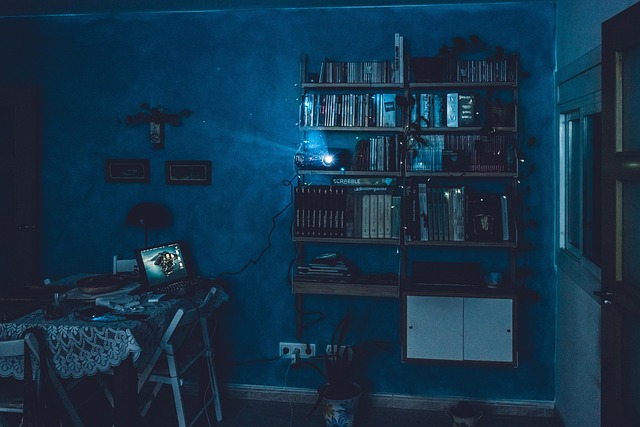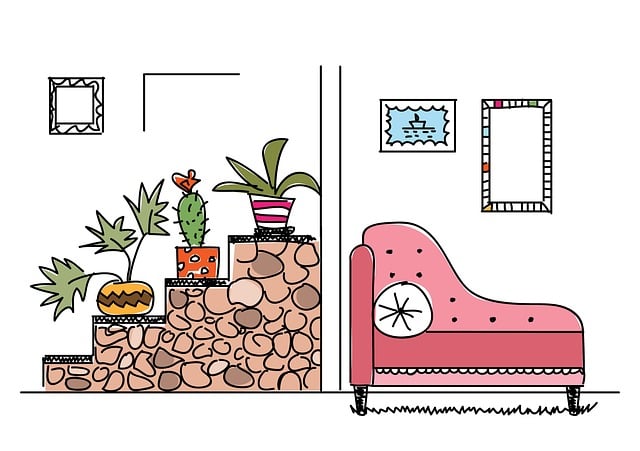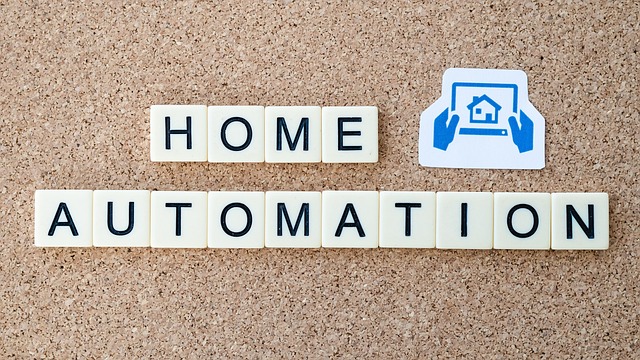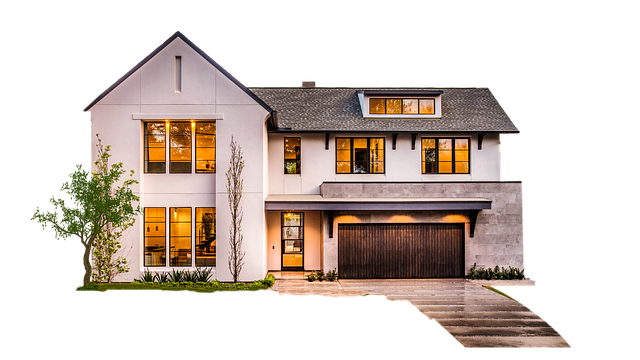In real estate, maximizing space through strategic design is both an art and crucial consideration for designers and homeowners. Multi-functional furniture and vertical storage transform small areas into functional, aesthetically pleasing environments that offer style and individuality. In compact urban spaces, multifunctional pieces like sofa beds and dining tables with hidden storage allow for efficient layout transformations, creating more room and reducing the need for extra furniture. Maximizing natural light through large windows, skylights, light-colored curtains, and mirrors also enhances aesthetics and creates open, inviting spaces that connect residents with the outdoors.
In today’s competitive real estate market, maximizing space is paramount. Creative design strategies can transform even the smallest areas into functional, inviting spaces. This article explores three key approaches to optimize your living or working environment: unlocking potential through innovative design, leveraging multifunctional furniture and storage solutions, and maximizing natural light for brighter, more open atmospheres. Dive into these strategies to discover how you can turn any space into a sanctuary of comfort and efficiency.
Unlocking Potential: Creative Design Strategies for Small Spaces

In the realm of real estate, maximizing space is an art and a key consideration for designers and homeowners alike. Small spaces present unique challenges but also offer opportunities for innovative creativity. Creative design strategies can transform cramped areas into functional, aesthetically pleasing environments. One approach is to embrace multi-functional furniture, such as fold-out tables or sofa beds, which save valuable floor space while catering to various needs.
Additionally, vertical space becomes a valuable asset when designing for limited real estate. Utilizing tall shelves and hanging storage solutions allows for maximizing the wall space, creating an illusion of more room. Smart design choices, like incorporating mirrors or light-reflecting surfaces, can further enhance the perception of space, making small areas feel more open and inviting. These strategies not only optimize the layout but also contribute to a sense of style and individuality in any interior.
The Art of Multifunctional Furniture and Storage Solutions

In today’s compact living spaces, particularly within urban real estate, maximizing every inch is paramount. The art of multifunctional furniture offers a sophisticated solution to this challenge. Designer pieces that seamlessly blend style and utility allow for efficient space utilization. For instance, a sofa that converts into a bed or a dining table with hidden storage compartments can transform a room’s layout, creating more room for movement and reducing the need for additional furniture.
These innovative designs not only cater to practical needs but also enhance aesthetic appeal. By incorporating multifunctional furniture and clever storage solutions, homeowners can create visually appealing environments that feel both spacious and organized. This approach optimizes the available square footage, ensuring every corner serves a purpose while maintaining a balanced and harmonious interior design.
Maximizing Natural Light: Design Tips for Brighter, More Open Environments

In real estate, maximizing space is key to creating open and inviting environments. One effective strategy is to harness the power of natural light. Large windows and skylights not only enhance aesthetics but also make spaces feel larger. Positioning furniture near windows can create a sense of connection with the outdoors, making interior spaces feel brighter and more expansive.
Designers often recommend using light-colored curtains or blinds to reflect sunlight, ensuring that spaces are bathed in natural light throughout the day. This simple trick can dramatically transform a room’s ambiance, promoting a sense of calm and openness. Additionally, strategically placing mirrors can create the illusion of space, reflecting light and making smaller areas appear more expansive.






